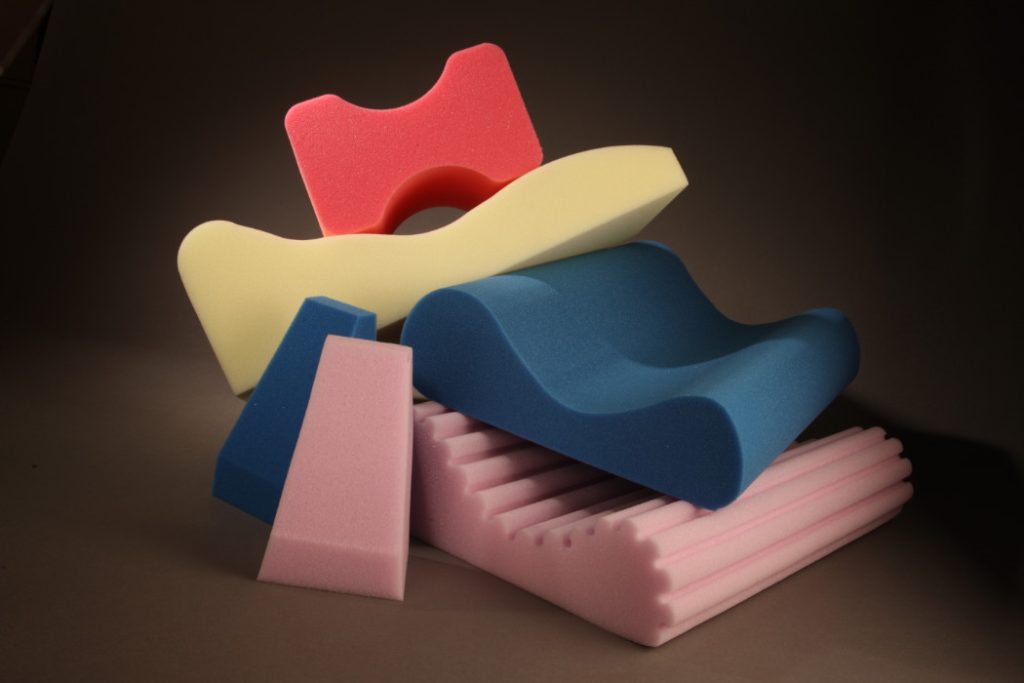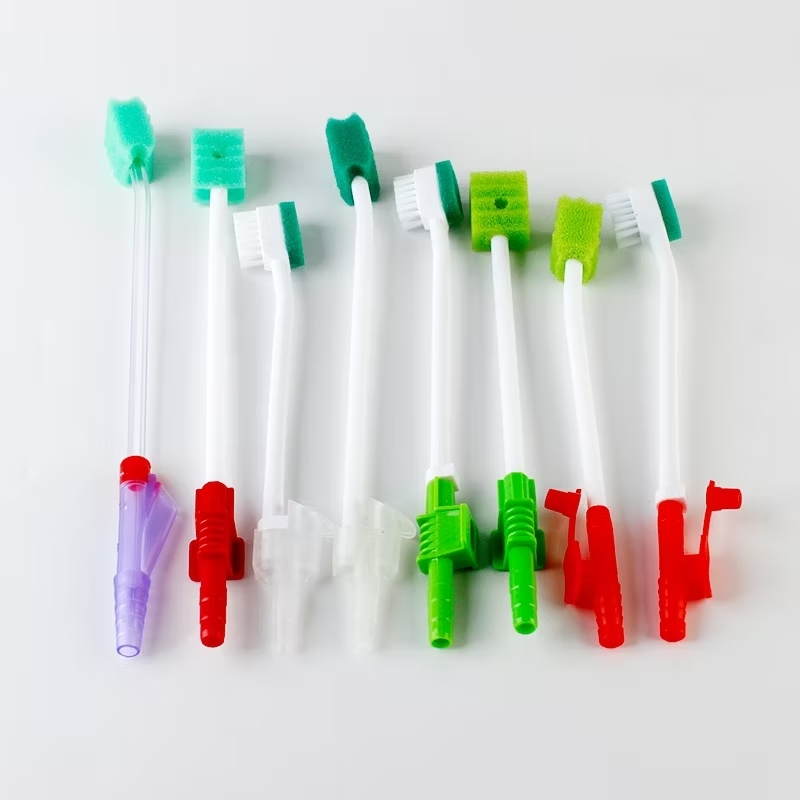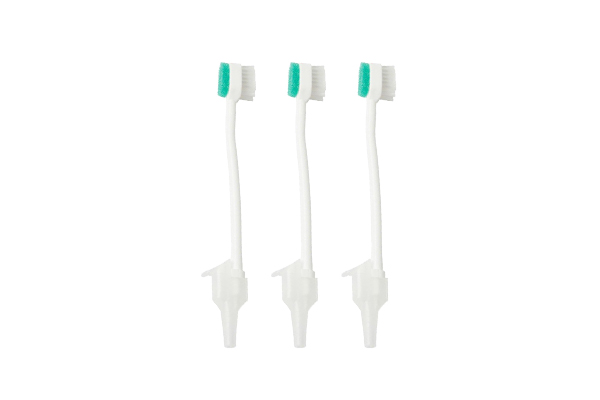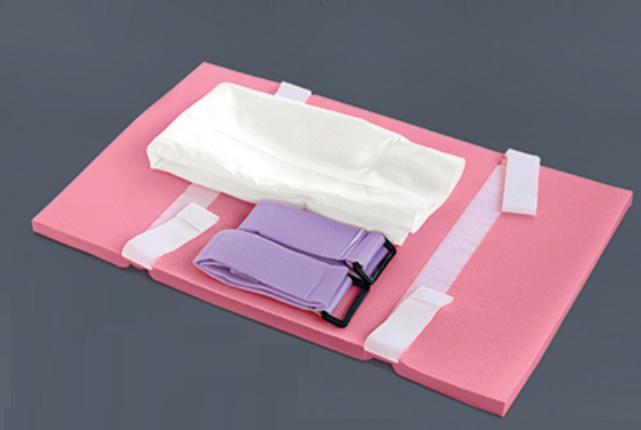Medical sponges have long been vital in patient care, aiding in wound care, surgery, fluid absorption, infection prevention, and tissue healing. As 2025 approaches, advancements in biocompatibility, multifunctionality, and sustainability are set to redefine their role in healthcare. This article highlights emerging trends, including smart technologies, new surgical applications, and eco-friendly innovations shaping the future of medical sponges.
Advancements in Material Science: Biocompatibility and Efficiency
The ongoing advancements in material science are among the most noteworthy developments in the creation of medical sponges. As the medical community becomes increasingly focused on improving patient outcomes and reducing complications, the need for medical sponges that are not only effective but also biocompatible, biodegradable, and safe for long-term use has never been greater.
Biodegradable and Biocompatible Materials
Medical sponges of the future will be designed with biodegradable materials that do not pose long-term environmental risks. Currently, many sponges used in medical procedures are made from synthetic polymers or non-biodegradable materials, which contribute to waste. In 2025, we can expect to see the widespread adoption of natural polymers such as chitosan (derived from shrimp shells), alginate (derived from seaweed), and collagen in medical sponges. These materials are not only biodegradable but also mimic natural tissue, promoting better healing and reducing the risk of inflammation or rejection in patients.
Medical sponges will continue to advance in biocompatibility, or the capacity to interact with live tissues without triggering negative reactions, in addition to biodegradability. By using materials like silk fibroin or other bio-derived substances, researchers aim to develop sponges that more closely align with the body’s natural properties, improving patient outcomes, particularly in wound care and surgical recovery.

Advanced Absorbency and Fluid Control
The need for highly absorbent materials that can manage excess fluid during surgeries or in wound care will drive innovations in sponge designs. Hydrogels and superabsorbent polymers are expected to be more widely used to enhance absorbency while maintaining structural integrity. These materials can absorb large amounts of fluid without breaking down, making them ideal for controlling bleeding during surgery or managing wound exudate in chronic wounds.
Researchers are also exploring the development of smart sponges capable of sensing and responding to changes in the body’s fluid levels. These intelligent materials will offer more precise control of fluid absorption, reducing the risk of complications such as edema (swelling) or infection, which can result from inadequate fluid management.
Smart Medical Sponges: Integration with Digital Technologies
As the healthcare industry moves toward more digitally integrated and patient-centric solutions, smart medical devices are gaining traction, and medical sponges are no exception. By 2025, we are likely to see medical sponges embedded with advanced sensors, microelectronics, and wireless technologies to monitor the condition of a wound or surgical site in real time.
Wound Monitoring and Infection Detection
One of the most promising applications for smart medical sponges is wound monitoring. These advanced sponges could be equipped with biosensors capable of detecting changes in pH, temperature, or the presence of bacteria. This would allow healthcare providers to receive immediate feedback about the condition of the wound, potentially identifying infections or other complications early, before they become more serious.
For example, a smart sponge could detect bacterial growth in a wound and transmit this information to a healthcare provider, allowing for timely intervention. This might significantly raise the standard of care for patients recuperating from surgery or treating long-term wounds like pressure sores or diabetic foot ulcers.
Drug Delivery and Healing Enhancement
In addition to infection detection, smart medical sponges could also play a role in drug delivery. By embedding controlled-release drug formulations into the sponge material, it is possible to create sponges that not only absorb fluid but also release medications such as antibiotics, pain relievers, or growth factors directly into the wound or surgical site. This may reduce the risk of infection, hasten healing, and reduce the need for dressing changes.
Moreover, future medical sponges could be integrated with bioelectric therapies or electrostimulation capabilities to promote wound healing. By using small, localized electrical impulses, smart sponges can potentially enhance tissue regeneration and reduce inflammation in wound sites.
Possible Applications for Minimally Invasive Surgery and Robotic-Assisted Procedures
Another trend that will shape the future of medical sponges is their application in minimally invasive surgeries and robotic-assisted procedures. These procedures, which use small incisions and specialized instruments to treat patients, require medical sponges that are not only absorbent but also compact and flexible enough to work in tight, hard-to-reach areas.
In 2025, we can expect to see microsponges designed specifically for use in minimally invasive procedures, including those performed by robotic surgical systems. These sponges will need to be small enough to be manipulated by robotic arms, but effective enough to manage fluid and bleeding during surgery. The trend toward personalized healthcare will also influence the design of these sponges, with customized solutions developed for different types of surgeries, from laparoscopic to endoscopic and beyond.
Furthermore, as robotic surgery becomes more advanced, medical sponges will need to integrate seamlessly with robotic systems. This may include features such as autonomous sponge application, where a robotic system selects and applies the right sponge based on the type of surgery and the amount of fluid present. The role of artificial intelligence (AI) and machine learning in surgical robotics will also extend to the smart deployment of medical sponges, ensuring precise and effective fluid management during complex procedures.
Environmentally Friendly Innovations and Sustainability
By 2025, there will be a greater need for environmentally friendly medical sponges due to increased concerns about environmental sustainability. Like many other industries, the medical sector is facing pressure to lessen its environmental impact. As the use of disposable items like sponges increases, so does the concern about waste management and recycling.
Biodegradable and Compostable Sponges
In response to these concerns, we can expect a rise in the development of biodegradable or compostable sponges. By decomposing organically in the environment, these sponges will cut down on waste and promote a circular economy. Materials such as plant-based fibers, biodegradable plastics, and natural polymers will play an important role in this transformation.
Additionally, the use of plant-based or renewable materials in medical sponge production will help reduce the reliance on petrochemical-based products, contributing to a more sustainable healthcare system. This shift will be particularly important as more hospitals and healthcare providers implement green initiatives and strive to meet increasingly stringent environmental regulations.
Reusability and Sterilization Innovations
Another trend in the future development of medical sponges is the creation of reusable sponges that can be safely sterilized and reused in multiple procedures. Innovations in sterilization techniques, such as UV sterilization or electrochemical disinfection, will allow healthcare providers to reuse certain types of sponges while ensuring the highest standards of hygiene and infection control.
The healthcare sector may drastically cut down on the quantity of trash produced by disposable medical sponges, which frequently wind up in landfills, by investing in reusable medical sponges. This shift toward more sustainable practices will align with the broader healthcare industry’s focus on reducing its environmental footprint.
Expanding Applications in Specialized Medical Fields
By 2025, medical sponges will likely see expanded use in specialized medical fields, beyond the common applications in wound care and surgery. For example, sponges will be increasingly used in orthopedics for bone regeneration, dermatology for burn treatment, and oncology for supporting tissue recovery in cancer patients undergoing radiation therapy.
The versatility of medical sponges will also extend to applications in tissue engineering and regenerative medicine, where sponges can serve as scaffolds to support the growth of new tissues or organs. These sponges will be designed to promote cell growth and healing, acting as a foundation for tissue regeneration.
Conclusion: A Bright Future for Medical Sponges
The future of medical sponges in 2025 promises innovations in materials, smart technology, and sustainability. These advancements will enhance patient care by improving fluid management, healing, and infection prevention while emphasizing biocompatibility, absorbency, and eco-friendliness. With the potential for faster recoveries, better outcomes, and a more sustainable healthcare environment, the next generation of medical sponges will play a vital role in modern medicine.




